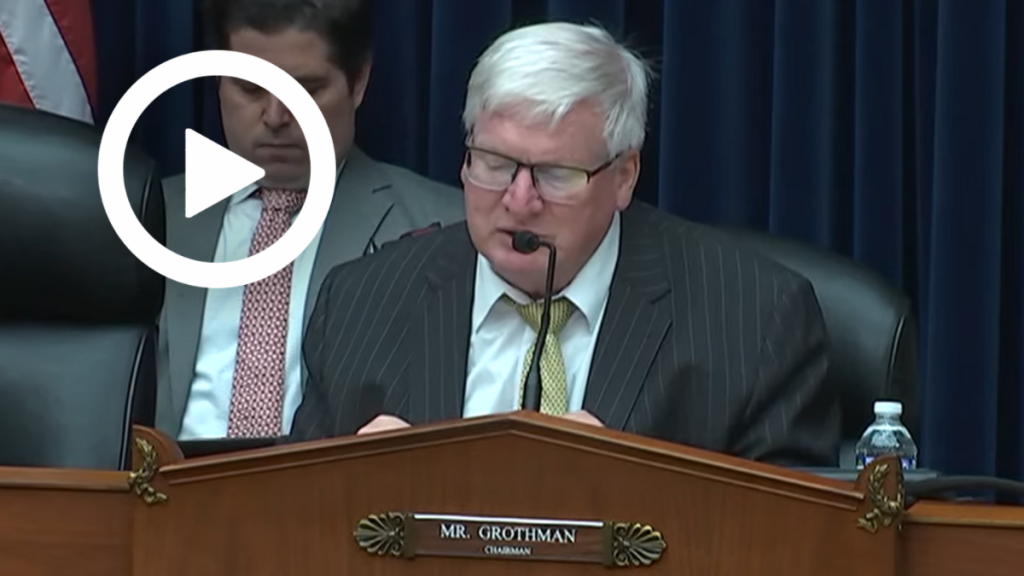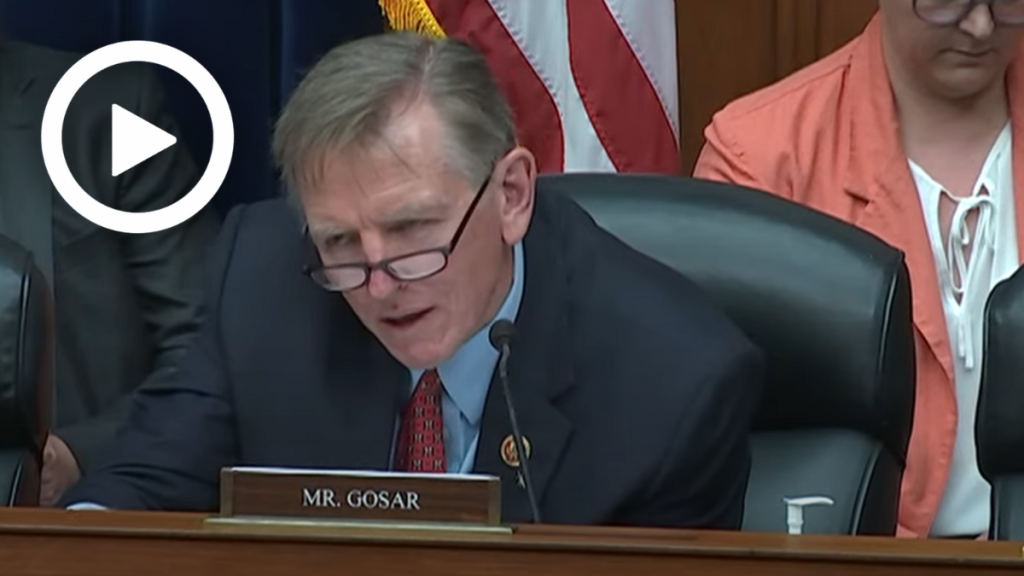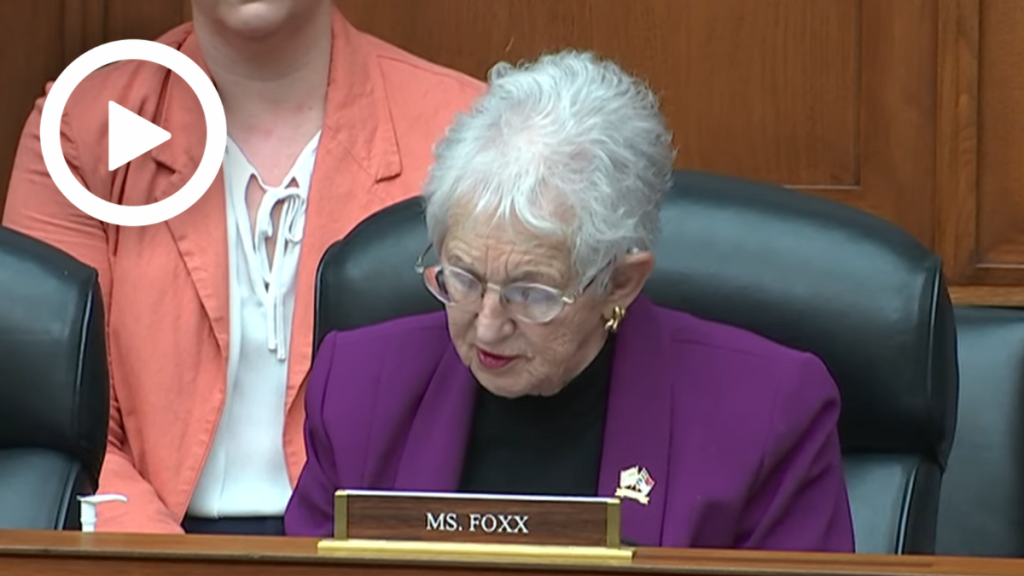Hearing Wrap Up: Lack of Commercial Investment, Unclear Goals, and Manufacturing Failures Have Given Maritime Advantage to China Over U.S.
WASHINGTON—The Subcommittee on National Security, the Border, and Foreign Affairs held a hearing titled, “Strengthening the Fleet: Challenges and Solutions in Naval Surface Ship Construction.” Subcommittee members discussed with witnesses how the U.S. Navy can produce more quality, and efficient ships to meet demands of the U.S. national security strategy. Subcommittee members also emphasized ways the U.S. Navy has wasted and abused U.S. taxpayer dollars when it comes to shipbuilding practices and have not made common sense decisions or implemented watchdog recommendations.
Key Takeaways:
The capacity of shipbuilding production in China currently far outpaces the United States due in part to their infusion of commercial shipbuilders working alongside state-funded shipbuilders.
- Rear Admiral Thomas J. Anderson— Program Executive Officer (PEO) for Ships—explained how China’s shipbuilding capacity currently far outpaces the United States volume output: “Unlike countries which heavily leverage commercial investments the U.S. government currently goes it alone, bearing all the costs of the ships and associated infrastructure. For perspective, today in our seven tier one shipyards there is no commercial shipbuilding work. Clearly China’s commercial shipbuilding industry provides them a massive advantage when it comes to shipbuilding capacity.”
Shipbuilding projects which have cost billions of U.S. taxpayer dollars have failed to perform their intended mission and have contributed to the gap in capabilities between China and the United States.
- Rear Admiral Casey Moton— Program Executive Officer (PEO) for Unmanned and Small Combatants—admitted that U.S. taxpayers are partly on the hook for design flaws which halt production: “We hold the building yard accountable for the mistake that they made, we still share the cost, but it’s certainly not the U.S. Navy or the taxpayer paying one hundred percent…it’s a fifty-fifty cost share.”
The U.S. Navy must consider ways to increase the quality and quantity of shipbuilding to remain competitive with China on the world’s oceans and keep Americans safe.
Member Highlights:
Subcommittee Chairman Rep. Glenn Grothman (R-Wis.) discussed how China is able to sell ships to other nations due to their sprawling industrial base while the U.S. lacks those capabilities.
Rear Admiral Anderson: “We don’t have a large volume of ships that we’re outsourcing in new construction into foreign countries.”
Rep. Grothman: “Do you think that is a mistake?”
Rear Admiral Anderson: “I go back to this earlier discussion on capacity and China, it would be wonderful to be in a position where we had the industrial base that was competitive with other countries.”
Rep. Paul Gosar (R-Ariz.) pressed witnesses on why the Navy has far more unaddressed priority recommendations compared to other branches of the military.
Rep. Gosar: “Do either one of you know how many priority recommendations from the GAO the Navy has that are still unaddressed?
Rear Admiral Moton: “Sir I don’t think either of us know that.”
Rep. Gosar: “Well the answer is 17. There are entire agencies that don’t have higher priority recommendations than that. For contrast, the Air Force and Army only have three priority recommendations, could you please explain why the Navy has fallen so far behind its peers?”
Rep. Virginia Foxx (R-N.C.) discussed with witnesses the possibility of the Navy pursuing multiple contracts with multiple shipyards to find the best contract for shipbuilding production.
Rep. Foxx: “Would it be beneficial to the service to procure multiple ship variants produced by different contractors in the future or would that be a hinderance? It seems to me having all of our eggs in one basket has not been very productive.”
Rear Admiral Moton: “It’s obviously different for each class [of ship]…where it’s possible it’s helpful to have multiple ships, it kind of depends on what ship class and what our build rate is.”
CLICK HERE to watch the hearing.


